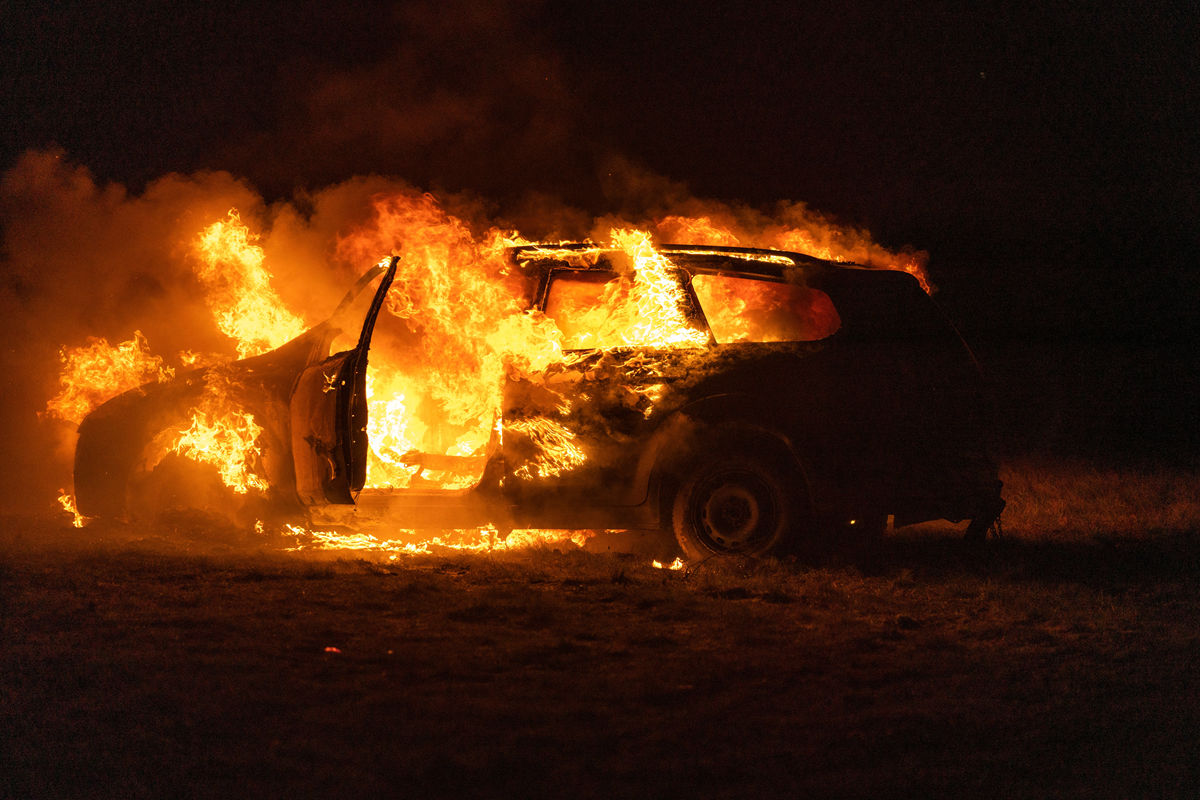
Twenty years ago, the technology available for 911 services was quite limited. I remember relying on tools similar to internet search engines to locate callers, when cell phone location services were not very precise. Back then, the idea of seeing live images of a call in progress seemed like science fiction.
Fast forward to today, and the foundation has completely changed. Emergency Communication Centers (ECC) now have a wealth of resources at their fingertips. Technological advancements allow for highly accurate geolocation of cell phone callers. Real-time incident imagery gives call takers and responding units a clear picture of what’s happening on scene. It is hard to believe how much things have changed!
Thanks to technology being integrated into many ECCs, response times have improved significantly. Whether it’s dealing with fire emergencies, search and rescue calls, or aiding in aircraft crashes, technology is a big help to first responders.
From my early days as a Communications Training Officer to my current role as a Customer Success Manager, I have seen firsthand how technology makes a big difference in public safety. My passion for public safety has always been fueled by the transformative potential of technology. Watching how technology empowers the unsung heroes behind the headset to deliver exceptional service to those they serve has been a driving force throughout my career.
Let me share an eye-opening story that illustrates the unpredictable nature of emergency situations. Picture this – someone calls in, frantic about flames they see under a car being towed. Now, in my experience, what people describe on the phone does not always match what responders find. It is not common to hear about a towed car catching fire, right? But in the world of 911, anything can happen. This caller was genuinely worried that things could get out of control fast, maybe even result in an explosion.
But here’s the twist – technology came to the rescue. Even though the tow truck driver had not noticed any fire, the caller’s concern was taken seriously. Thanks to some fancy tools we have available in some ECCs, the call taker did not just rely on the caller’s words. Instead, they got a live video from the caller showing the flames. This real-time video confirmed the caller’s story, and emergency services responded quickly and appropriately, preventing a potential disaster. This incident highlights just how important technology is in modern emergency response.
Imagine a young woman, alone and scared, calling for help while lost on an inflatable paddleboard in the intracoastal waterways. It’s hard to imagine the fear she must have felt! But thanks to advanced technology, the operator swiftly located her using geolocation tools. They shared her exact location with responding units in real-time, even establishing a live video feed that tracked her movements automatically.
With this technology, there was no guesswork involved in finding her. Every step she took was monitored, ensuring that help arrived quickly and accurately. And thankfully, thanks to these efforts, the caller was found safe and sound.
Picture yourself enjoying a beautiful day out on your boat, casting a line and soaking up the sunshine. But then, out of the blue, it’s like a scene from a storybook – a small aircraft plunging from the sky, right before your eyes. It is the kind of moment that makes you feel like the sky really is falling. The caller, stunned by what they had just witnessed, quickly dialed 911 to report the unthinkable – a single-engine plane crashing into the waterways, leaving the pilot injured. Can you imagine the shock?
When we hear about plane crashes, our minds often jump to the worst-case scenario – no survivors. But this time, there was hope. The caller managed to share their exact location with the responders, who wasted no time responding to the scene. Thanks to this precise geolocation information, they were able to locate both the caller and the injured pilot within minutes. It is incredible to think how quickly help arrived in such a dire situation. The pilot was swiftly taken to the hospital for treatment, and despite the terrifying ordeal, they survived.
Looking back, I remember how challenging it used to be to locate people in the water, especially with imprecise latitude and longitude coordinates. But now, with modern technology at our fingertips, it’s amazing to see how quickly and accurately help can arrive in times of need.
From its inception to the present day, technology has revolutionized 911 services, empowering responders with tools like real-time incident imagery and precise geolocation. These advancements ensure that every call for help receives effective assistance, strengthening our ability to save lives and safeguard communities. As we continue to embrace the evolution of technology in emergency response, ECCs are prepared to meet the challenges of tomorrow with confidence and resilience.